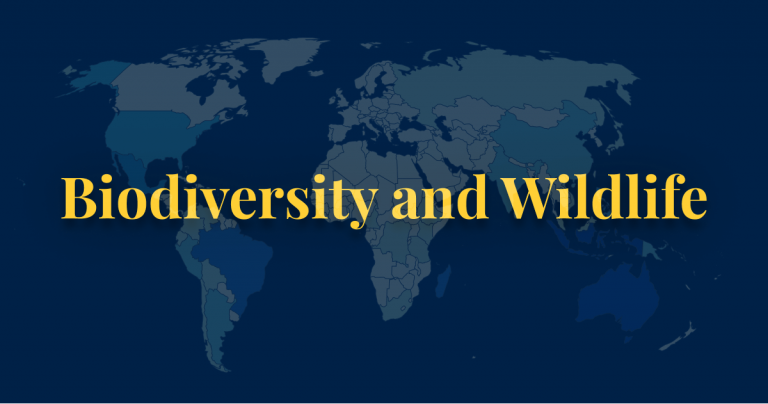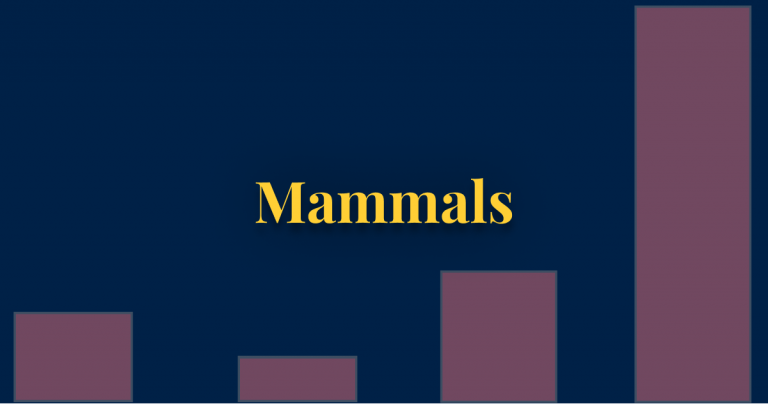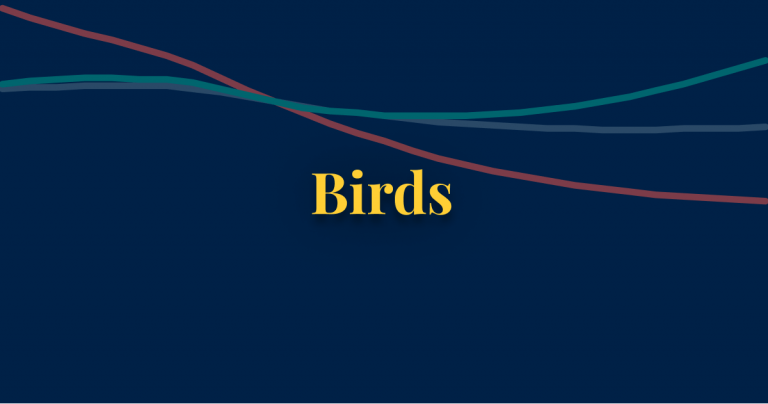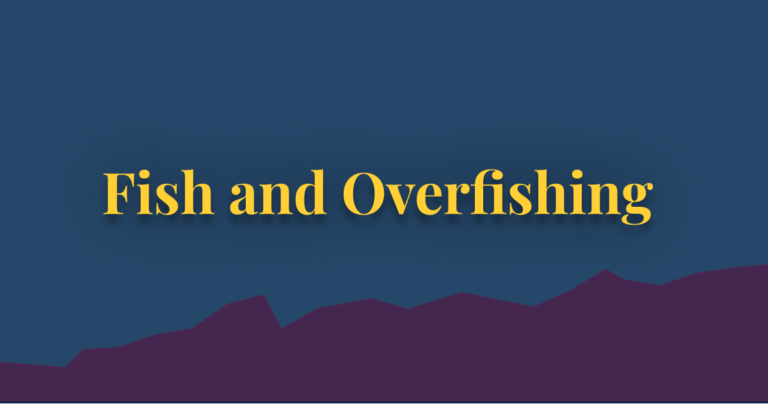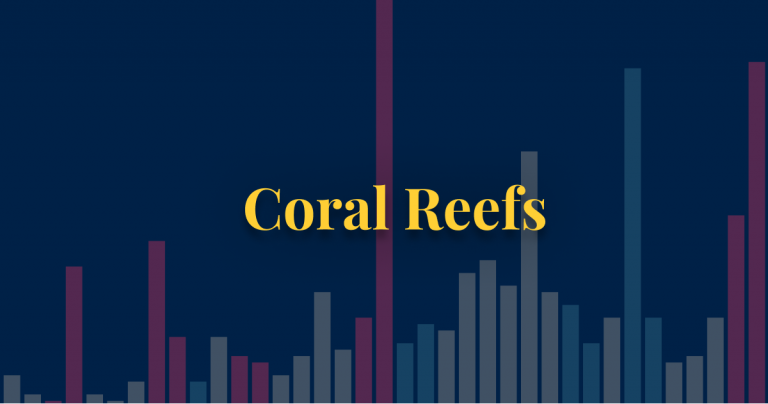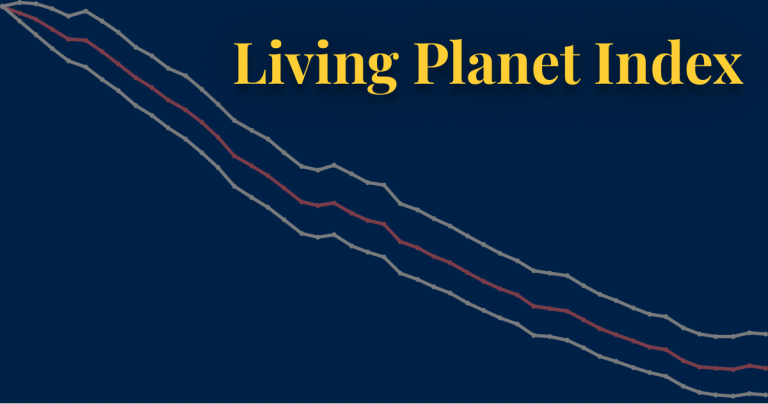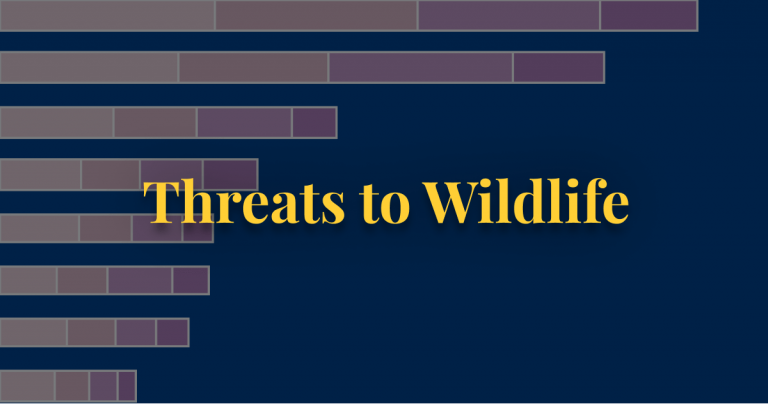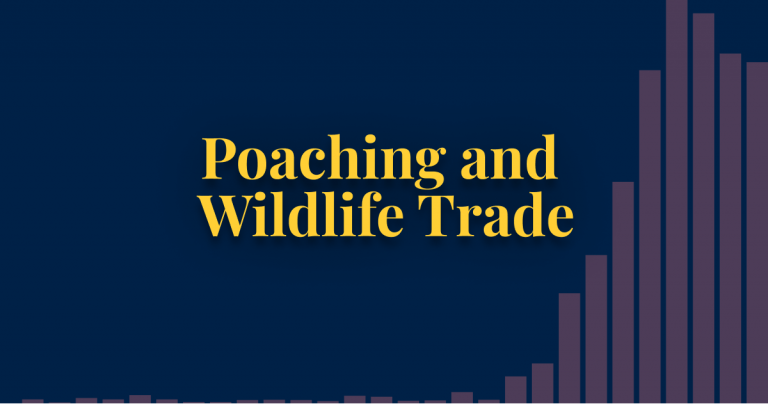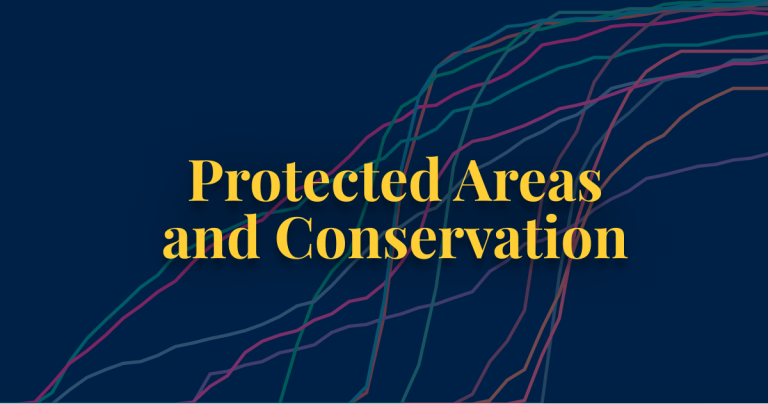Summary
- There are more than 11,000 bird species that have been identified and described today.
- The tropics are home to the most unique bird species.
- More than 150 bird species have gone extinct over the last five centuries.
- More than 1,400 bird species are threatened with extinction today. That’s 14% of bird species.
- Bird populations across Europe have seen mixed trends: common forest species have seen an increase in numbers while farmland species have seen a decline.
How many bird species are there?
How many different bird species are there in the world today? As with any other group of wildlife, it’s hard to say with complete certainty: this is because there is always the possibility that there are bird species that we’re yet to discover. New animal species are unearthed every year.
What we can say is how many species have been identified, named and described.
In the chart we see the number of described species across a range of taxonomic groups. Due to the issue of finding and counting every species, these are likely to be underestimates.
We see that there are more than 11,000 described bird species in the world.
Where are bird hotspots across the world?
You can find a range of bird species across the world. But, go to the tropics or island states and you not only find an array of different species, you might also see many that can’t be found anywhere else.
Endemic species are those that naturally occur in only one location or country. They are, in that sense, geographically unique. This makes them incredibly interesting to study, but also puts them at greater risk of extinction. If the species is lost in that one location, it is lost everywhere.
In the map we see the distribution of endemic bird species across the world. Much like the distribution of mammals, the tropics light up as a biodiversity hub. Indonesia is home to more than 500 endemic species; Australia to almost 360; and the Philippines to almost 260. Brazil has a similar number.
At higher latitudes, particularly across Europe, there are very few endemic species. Spain has 8, and Portugal has 5. But most European countries have none.
Extinctions have been a natural part of the planet’s evolutionary history.1 Most bird species that have existed on Earth will have now gone extinct.
But what most people are interested in is how many species have gone extinct in recent history. How many species have modern humans driven to extinction?
The IUCN Red List has estimated the number of extinctions over the last five centuries. Unfortunately we don’t know about everything about all of the world’s species over this period, so it’s likely that some will have gone extinct without us even knowing they existed in the first place. This is likely to be an underestimate.
In the chart we see these estimates for different taxonomic groups. Birds are one of our most well-studied groups, so its estimates are likely to be more accurate. It’s estimated that 159 bird species have gone extinct since 1500.
How many bird species are threatened with extinction?
More than 100 bird species have gone extinct in recent centuries. How many more are threatened with extinction today?
The IUCN Red List of Threatened Species evaluates species across the world for their level of extinction risk. It does this evaluation every year, and continues to expand its coverage.
The IUCN has not evaluated all of the world’s known species; in fact, in many taxonomic groups it has assessed only a very small percentage. Only 1% of known insects, for example, have been assessed. The coverage for birds is much better: in fact, 100% of known bird species have been evaluated for their extinction risk.
We should also be clear about what ‘threatened with extinction’ actually means. The IUCN labels a species as threatened if it falls into one of the following three categories.
- Critically endangered species have a probability of extinction higher than 50% in ten years or three generations;
- Endangered species have a greater than 20% probability in 20 years or five generations;
- Vulnerable have a probability greater than 10% over a century.
In the chart we see the number of species threatened with extinction across taxonomic groups. Almost 1,500 bird species are threatened with extinction across the world.
What share of bird species are threatened with extinction?
For many taxonomic groups – such as insects and fungi where only a tiny percentage of species have been evaluated for their extinction risk, calculating the percentage of species threatened with extinction is not a useful metric. But for well-studied groups, it is.
The IUCN Red List provides this data for taxonomic groups where at least 80% of described species has been evaluated. All bird species have been assessed, so they fall into this category.
In the chart we see the share of described species that are threatened with extinction. In 2020, 14% of bird species were at risk. That’s around 1-in-6 species.
We can see how this calculation works: in 2020 there were 11,158 described species; and 1,481 of them were threatened. This gives us 14%.2
Where are bird species are threatened with extinction?
One-in-seven (14%) of the world’s bird species are threatened with extinction. That’s more than 4,000 species.
Brazil is home to nearly 172 of these species. Cyprus has only seven; and Belgium only eight.
If we’re to protect and conserve the world’s birds from extinction we first need to know where they’re most threatened. Earlier we saw how the diversity of bird species varies across the world, and where the biodiversity hotspots are. But does this also reflect where birds are most under threat?
In the map we see the number of endemic bird species which are threatened with extinction in the wild.3 Endemic species are those that do not occur in the wild anywhere else in the world. They only occur naturally in one country, and are therefore unique to that location. We care a lot about endemic species for conservation because their lack of geographical range means they can be at greater risk of extinction: if we lose them in one location, we lose them forever. At first glance we see that the map of threatened endemic species looks very similar to the map of endemic species.
Indonesia, at least in absolute terms, has the most endemic birds that are threatened with extinction: 106 species. This means one-fifth of its endemic species are under threat.4 Brazil is second on the list with 98 threatened species threatened. While it has less than Indonesia in absolute terms, a higher percentage of its species are at risk: 40% of them. That’s twice the rate of Indonesia. As we might expect, the other countries with a large number of threatened birds lie across the tropical belt (where all of the unique species are in the first place). The Philippines, Colombia, New Zealand, Peru and Madagascar are all high on the list.
Some countries have no threatened endemic birds. This is unsurprising considering some have no or only a few endemic species at all. Most are high-latitude countries across Europe, or the Middle East and North Africa where there are none of the tropical conditions that create diverse, unique ecosystems. Canada, Ireland, Sweden, Norway and Finland have no endemic bird species at all.
It makes sense to be most concerned about endemic species, or those with a very small geographical range. Once they are lost from these specific areas, they are lost forever. But of course that doesn’t mean we should ignore non-endemic species.
In this map you can explore the total number (endemic and non-endemic) of bird species threatened in each country.
As we might expect, many of the countries with a large number of threatened endemic species have a lot of threatened bird species overall. Indonesia, Brazil, the Philippines, Peru and Colombia are all close to the top of the list.
What’s helpful is the similarity between the distribution of threatened mammal species and bird species. They’re a close match. Most of our biodiversity lies within the tropics. This is also where the destruction of habitats, hunting and other wildlife pressures are most intense. That’s obviously bad news: our most unique ecosystems are under the greatest pressure. But it also means that the solutions are often similar across different groups of animals. Many of the interventions to protect mammals will also save birds, and vice versa. Solutions that can provide multiple wins are the ones that should steal our attention.
We’ve looked at the historical and potential extinction risk of different bird species, but how is the abundance of bird populations changing?
Longer-term data from across the world is more difficult to find. But some regions do try to track this. In the EU, for example, the European Bird Census Council; National BirdLife organisations; RSPB; and Czech Society for Ornithology collect bird population data. This data is published by Eurostat as a key biodiversity measure.
In the chart we see the change in average EU bird populations, measured relative to the year 2000 (where their abundance in 2000 is given a value of ‘100’). Since then we’ve seen diverging trends in different settings. The abundance of common farmland species has fallen by around 17%. In contrast, forest populations have increased by 7%.
Overall, we’ve seen a 5% decline in common bird populations in the last 20 years.
